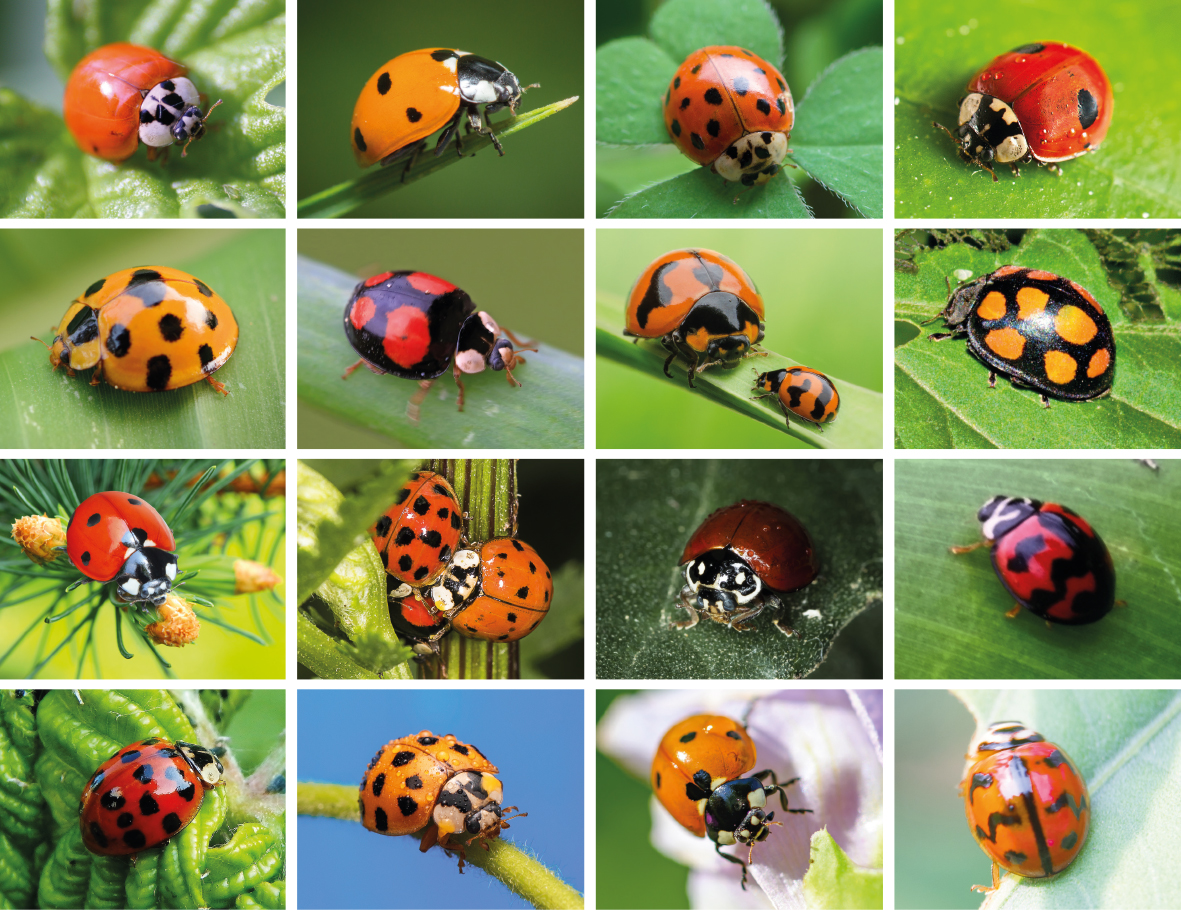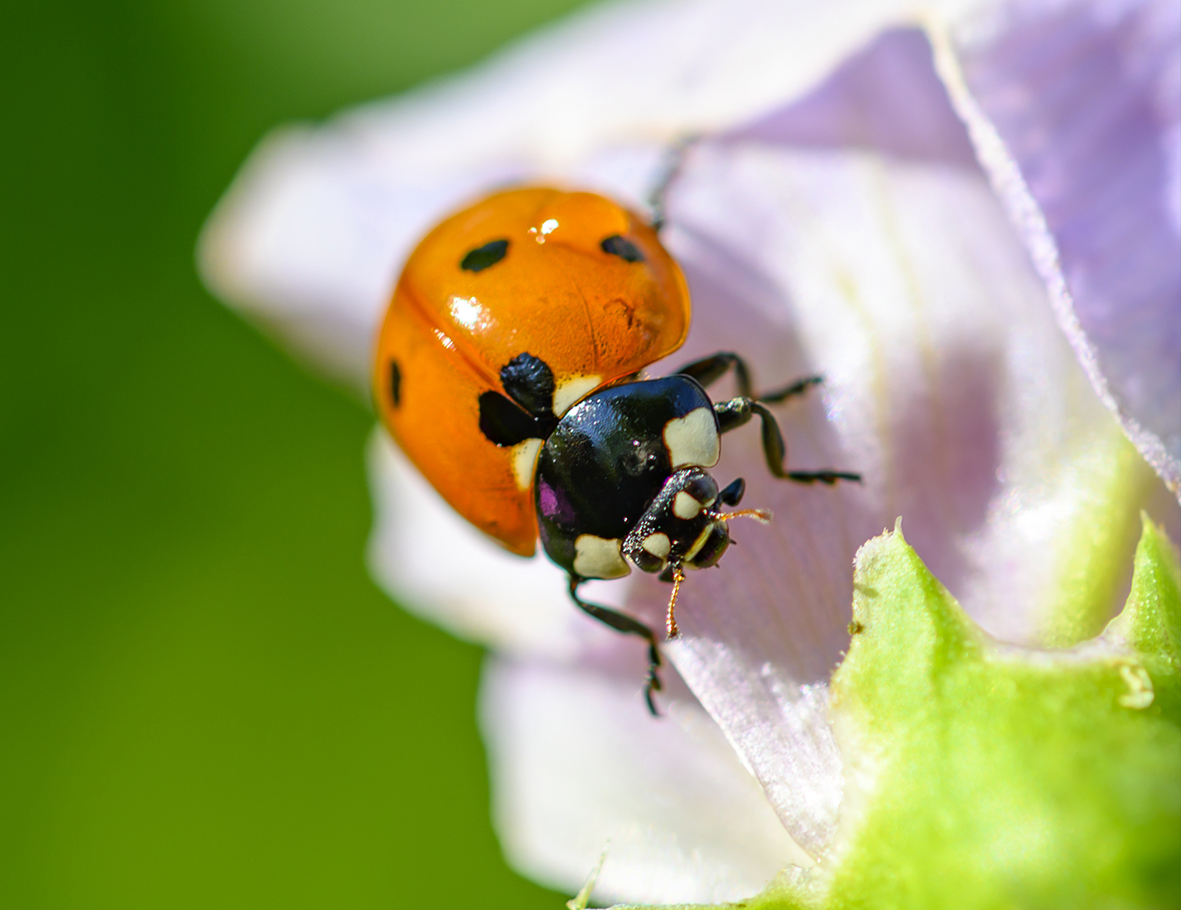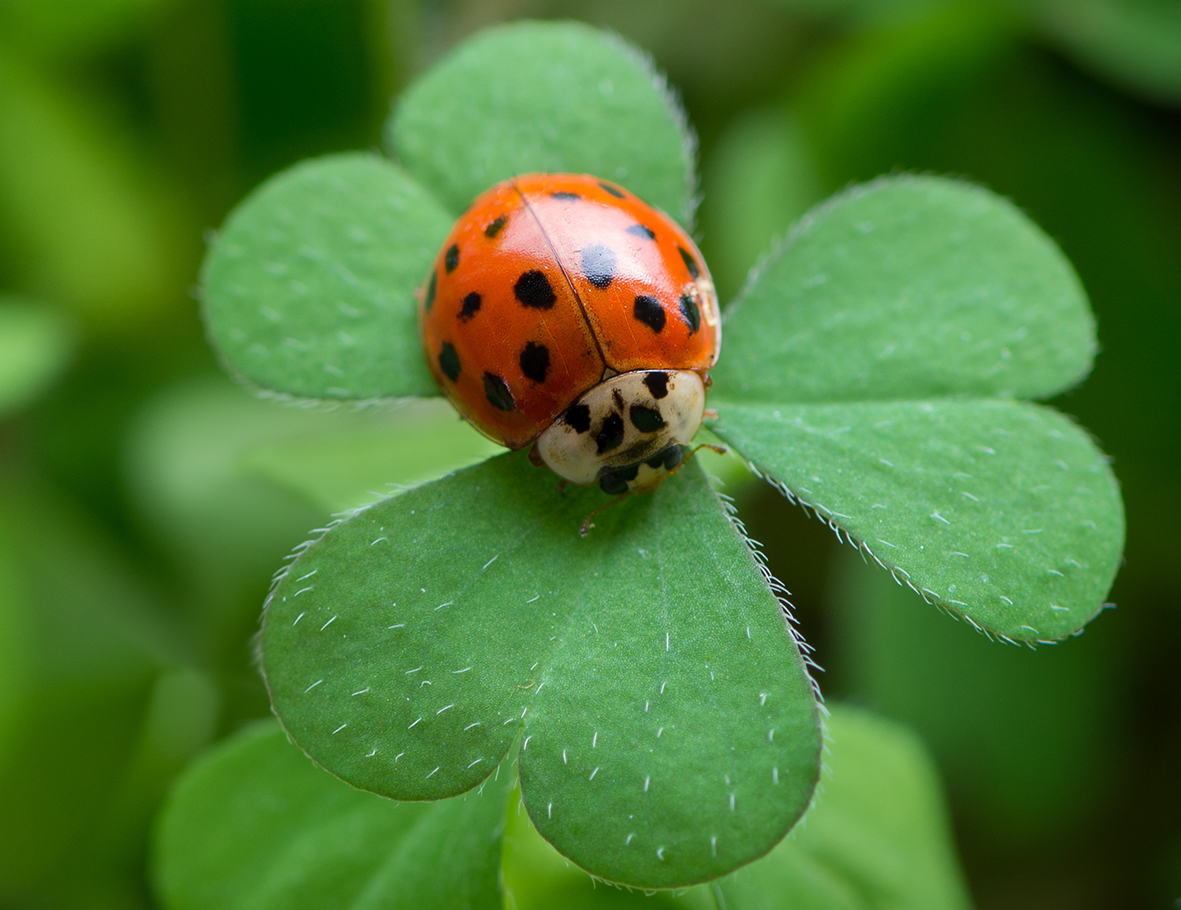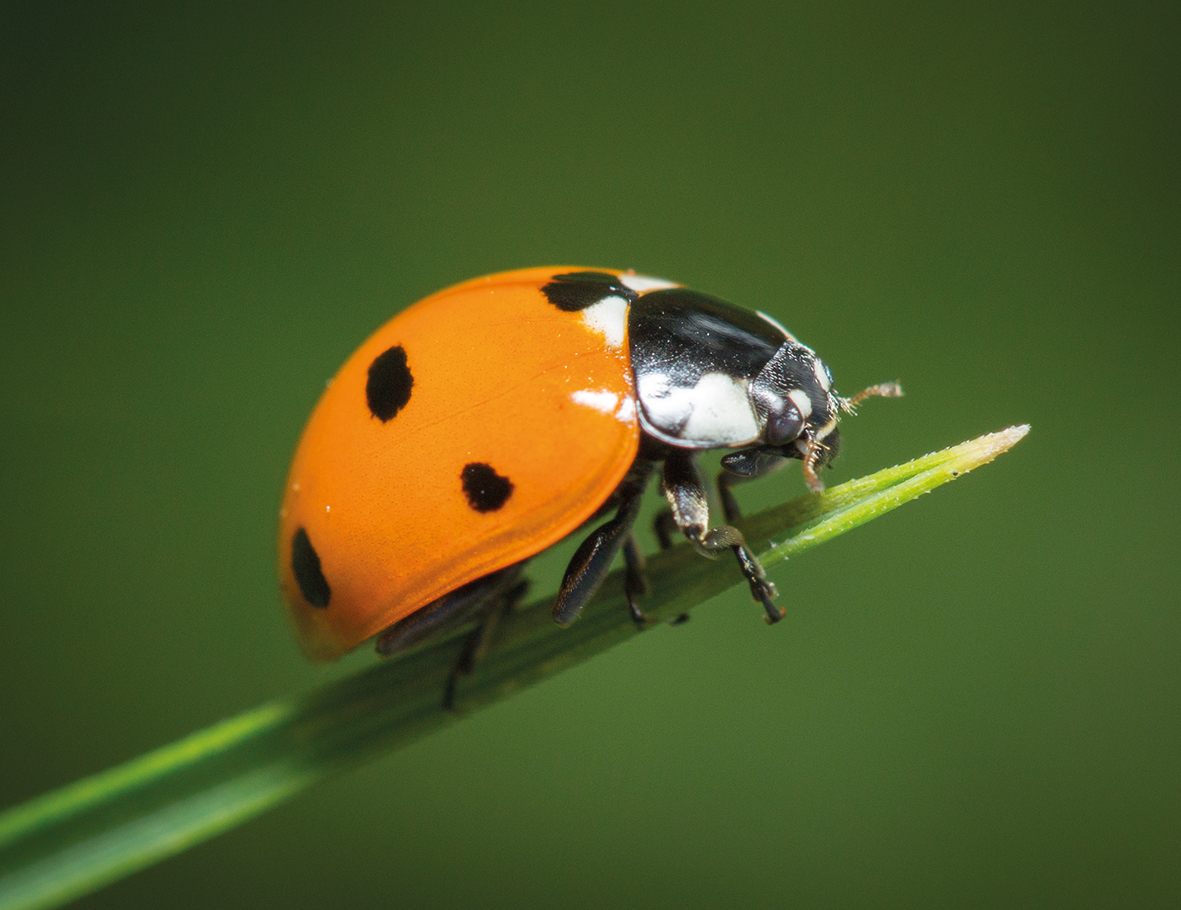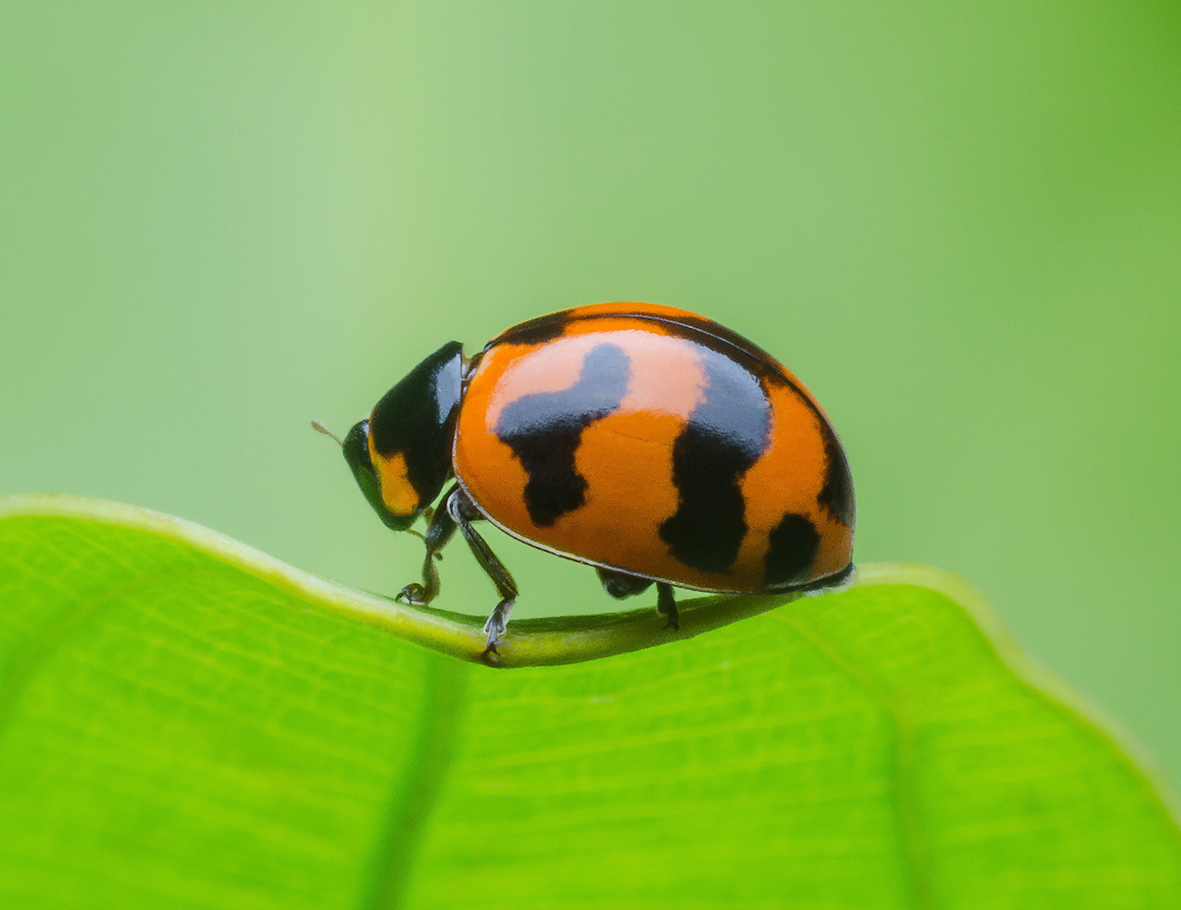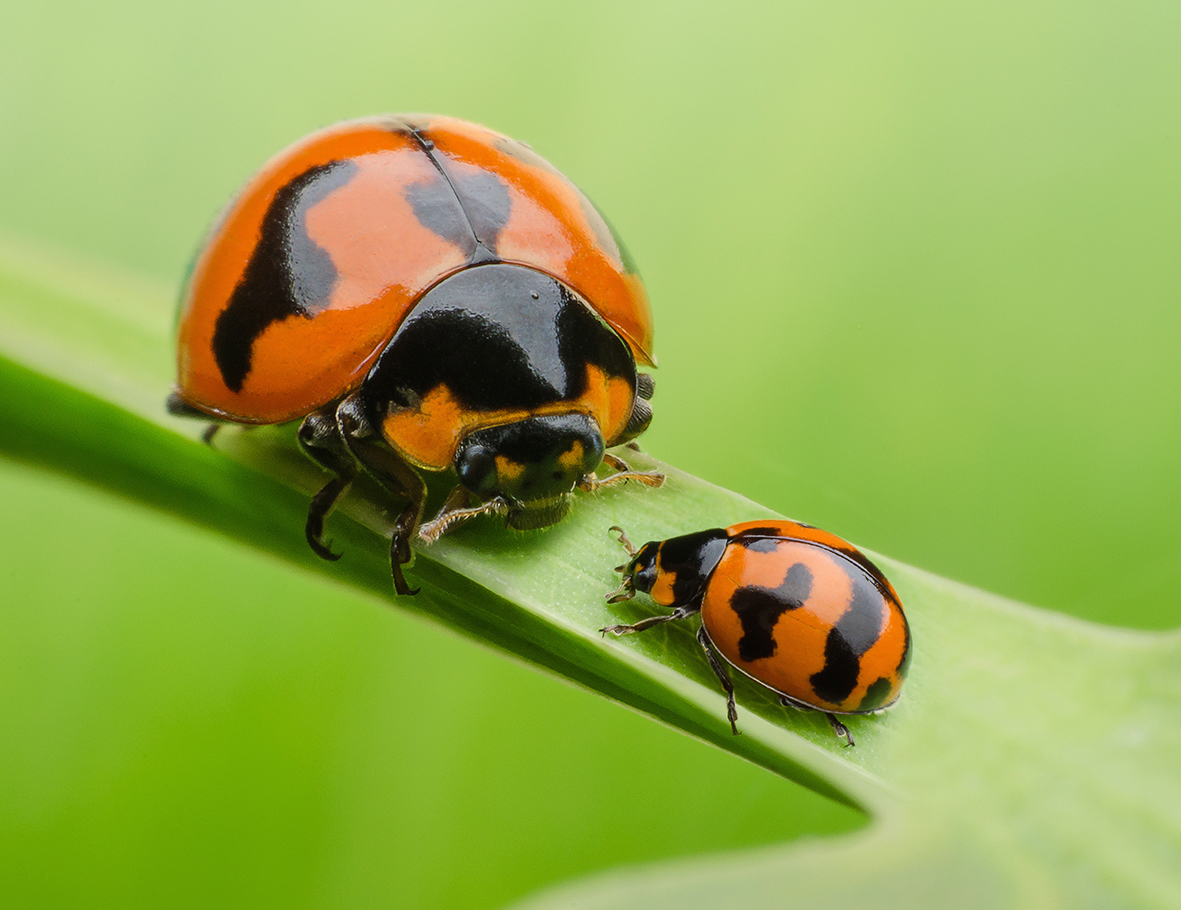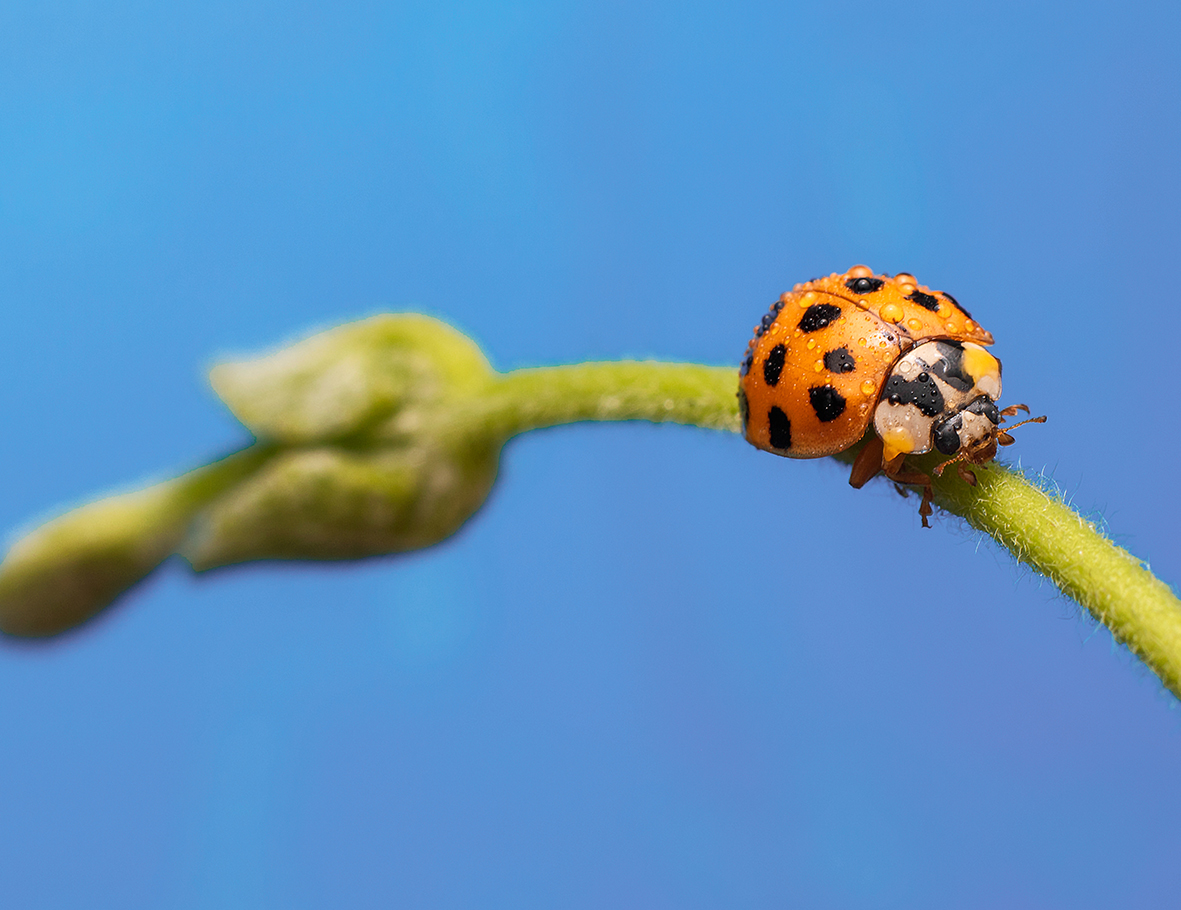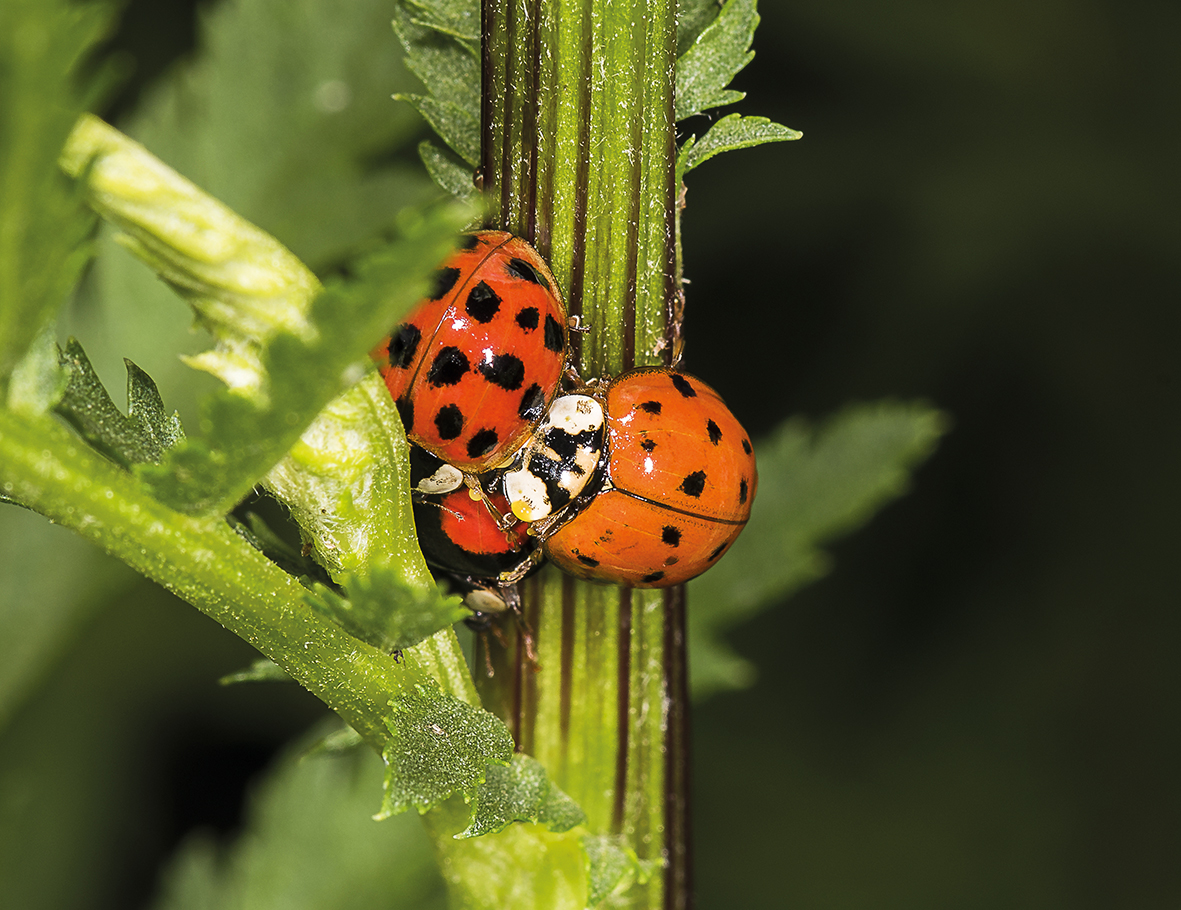Bavaria
Where are Two-spot and Seven-spot Ladybirds?
Children love them; adults mostly find them annoying: we’re talking about ladybirds. Our native species are being increasingly displaced by Asian ‘immigrants’. A special project is aimed at actively pursuing species conservation for the tiny spotted, six-legged insects.
Prof. Henning Wiesner and Prof. Haszprunar, director of the Bavarian Zoological Collection, Munich, and general director of the Bavarian Natural History Collection, have known each other for many years. The idea for a joint project was born at a private meeting. Gerhard Haszprunar talks about his passion to research the population of the native two-spotted and seven-spotted ladybirds and to raise public awareness. Henning Wiesner was so enthusiastic about the project idea that he spontaneously promised the Academy’s support.
The Citizen Science Project “Where are two-spot and seven-spot?” wants to clear up this scientific question. The project is a cooperation with the Academy for the Protection of Zoo Animals and Wildlife, the Bavarian Zoological Collection, Munich (ZSM), the Bavarian Association of Biologists (VBIO-BY) and the Chair for Biology Didactics at the Ludwig Maximilian University, Prof. Dr. Birgit Neuhaus.
The project objectives are:
1. Where are Harlequin and other important native ladybird species found and how far has their displacement advanced? Are there specific areas of refuge and what characterizes them? To answer those questions, in the summer of 2022, citizens, especially young pupils, will be asked to take photos and send them in with their GPS coordinates using a specifically developed app.
2. Prior to the start of the photo project, master students of Biology Didactics at the LMU will prepare documents for teaching one-hour lectures on the subject for pupils 11-14 and 15-18 years. The objective of these teaching lectures is to motivate pupils to participate, as well as to introduce them to “species diversity, competition and invasive species” using the example of the native ladybirds. In addition, the VBIO-BY will organize training for biology teachers.
3. Parallel to the cellphone photo activity, various media will be used to make the broader public aware of and sensitized to the problems of invasive and introduced species, as well as to the endangered diversity of native ladybird species.
Prof. Dr. Gerhard Haszprunar on the scientific background of the project:
“The multicolored Asian ladybird, or best known as the Harlequin ladybird Harmonia axyridis (Pallas, 1773), is an extremely variable species of the ladybird beetle family (Coccinellidae) which originated in southern Asia. Since 2000 in Europe and 2006 in Bavaria, this alien species from the Indian subcontinent has been introduced for biological pest control of plant louses (aphids).
Indeed, the adult beetles, and still more the larva of Harmonia axyridis, feed on and thus highly efficiently control the aphid parasite population.
In autumn however, the beetles usually form large swarms and become a nuisance to people when they spread to windows and indoor spaces. The Harlequin ladybird is truly harmful to the wine industry since the beetles also feed on ripe grapes. If only a few specimens are accidentally harvested and included in the final wine, their bitter taste may ruin the quality of the entire product. Female Harmonia axyridis produce significantly more eggs per year than native ladybird species. Spores of parasitic microsporidia in their blood cause severe damage and often lead to the death of other ladybird species if the latter feed on the eggs or larvae of Harmonia axyridis. The Harlequin ladybird itself, however, is immune to these
endoparasites. There is also significant bias in the cannibalistic behavior of ladybirds: Whereas the two-spotted ladybird (Adalia bipunctata (Linné, 1758)) consumes the eggs, larvae, pupae, and similar looking beetles of their own and all other ladybird species, the larvae and beetles of Harmonia axyridis attack nearly exclusively larvae of the seven-spotted ladybird (Coccinella septempunctata (Linné, 1758)) .
These circumstances have resulted in substantial reductions in the number of specimens of native ladybird species, the seven-spotted and the two-spotted ladybird, throughout Europe over the last 20 years. Indeed, native ladybird species are entirely absent in many parts of Bavaria. The exact details of competitive reduction of the native ladybird species due to the different predation behaviour (see above) is still unclear. It is also under debate whether ongoing climate warming will continue to favour the Asian ladybird.
In the name of the Bavarian Natural History Collection (SNSB: www.snsb.de), I sincerely thank the Academy for the Protection of Zoo Animals and and Wildlife for its financial support of this project.”



